Big shocker: Microsoft isn’t supporting Adobe’s Flash in its brand new Windows Phone 7 operating system.
Windows Phone 7 joins Apple’s iPhone and iPad in snubbing the widely-used plug-in.
The news was delivered to Information Week, which received a surprise email from Adobe saying:
“While the newest version of Windows Phone won’t support Flash at initial availability, both companies are working to include a browser plug-in for the full Flash player in future versions of Windows Phone. More details will be shared at Microsoft MIX next month.”
Information Week is skeptical. It says it’s not clear if Flash is coming to WinMo 7 at all.
Microsoft launched WinMo 7 on Monday to great acclaim. Blogs like Gizmodo and Wired’s Gadget Lab, which got to play with the new system at the Mobile World Congress, say it looks better and is easier to use than the iPhone. (Giz: Windows Phone 7 Interface: Microsoft Has Out-Appled Apple; Gadget Lab: Hands-On With Windows Phone 7 Series
Of course, Microsoft makes its own Silverlight platform, a rich-media platform which competes with Flash on the web.
Although Apple has remained officially mum on the issue of Flash, it’s widely understood that the company views the plug-in as buggy and power-hungry.
Not all smartphone makes are snubbing Flash, however. Adobe just announced Flash for Google’s Android platform, it’s first step into mobile.
Information Week: Windows Mobile 7 Won’t Get Flash
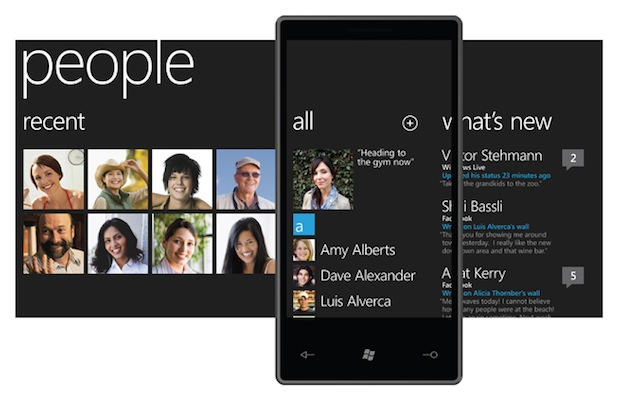





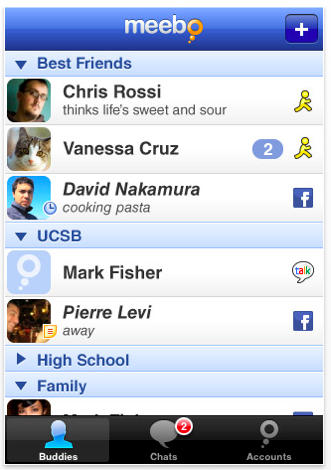
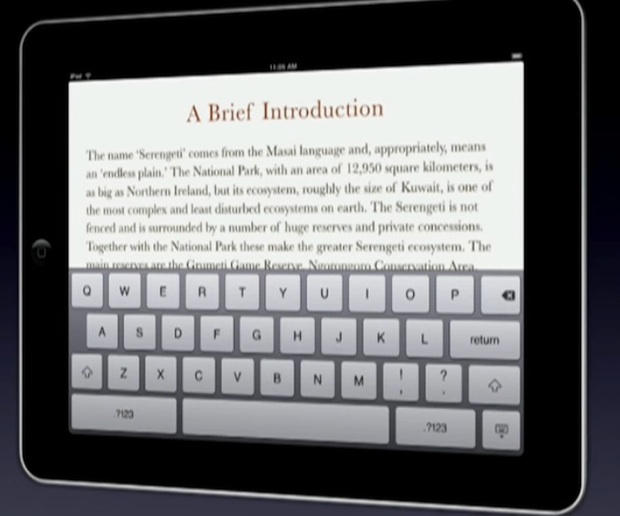
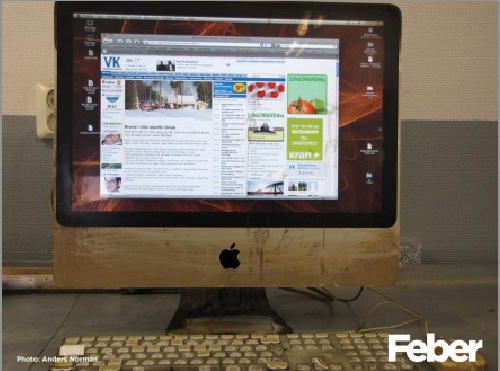
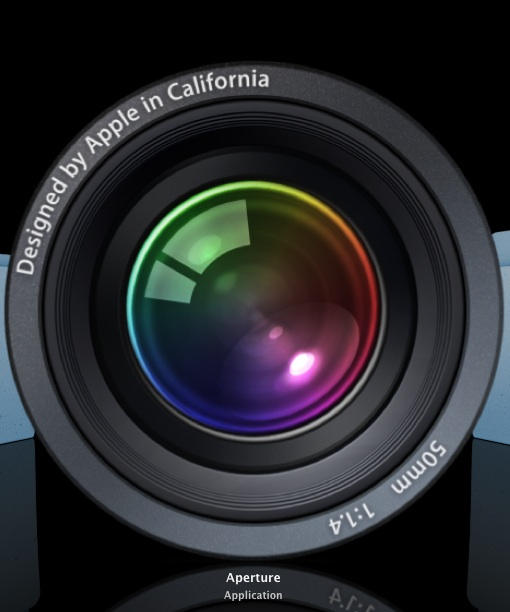
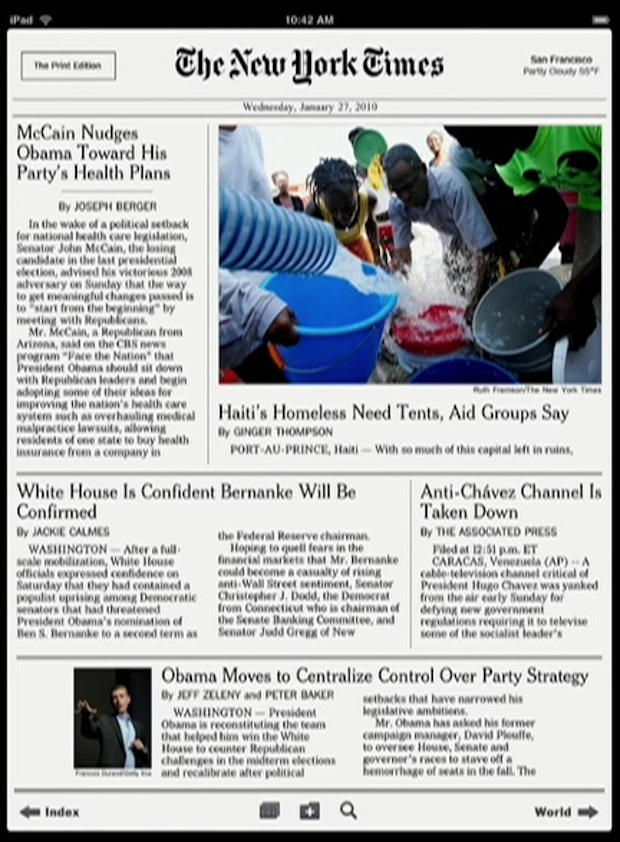
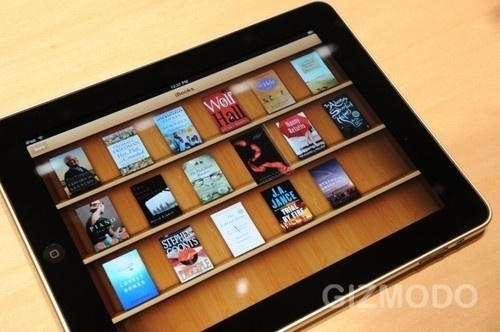
![Crumpler’s Excellent Horseman Bag Is Strong and Roomy [Review] Crumpler pics 2.8.10 014 RESIZED](https://www.cultofmac.com/wp-content/uploads/2010/02/Crumpler-pics-2.8.10-014-RESIZED2.jpg)
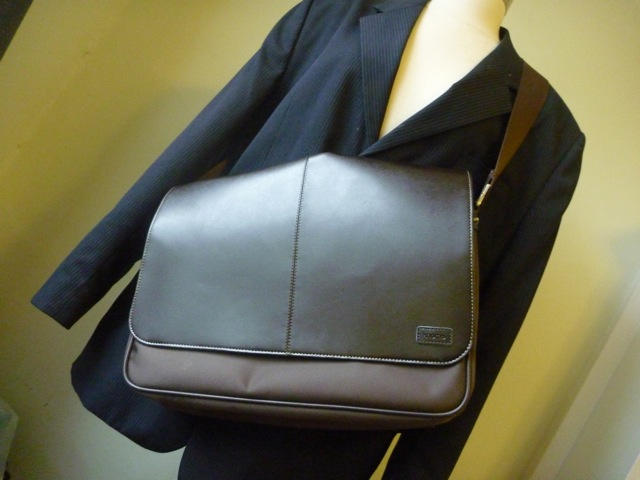

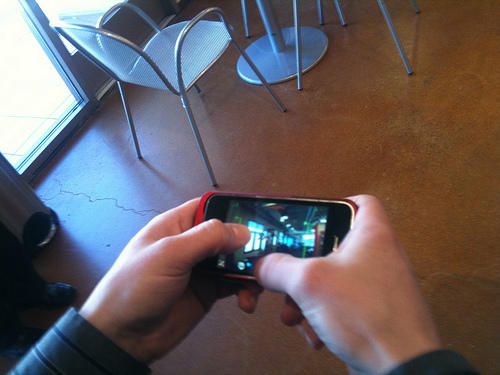


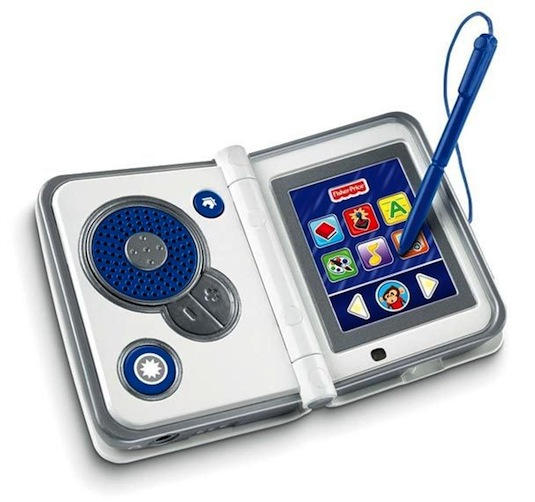



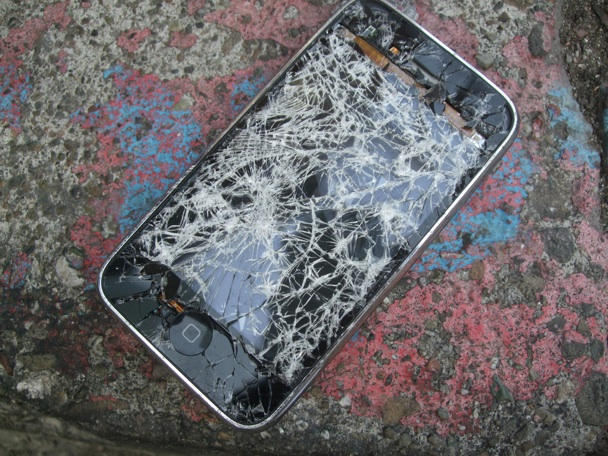
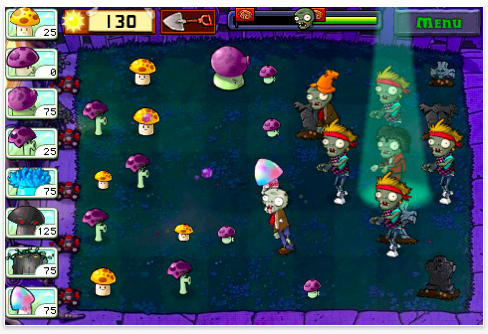
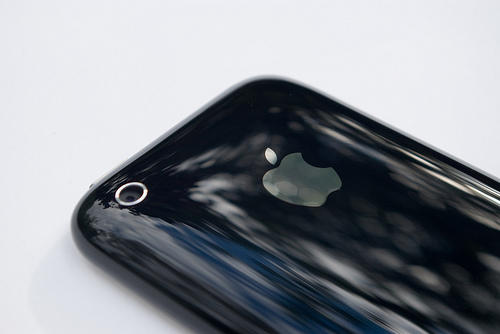

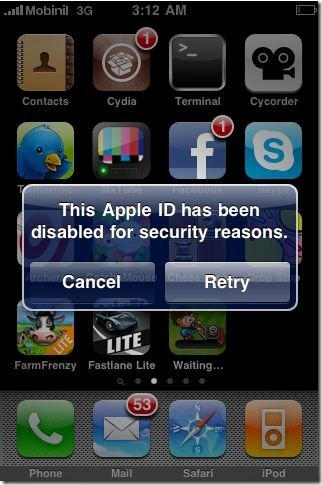
![BBP’s Great Hybrid Hampton Bag Converts From Messenger to Backpack And Back [Review] CIMG1063-1](https://www.cultofmac.com/wp-content/uploads/2010/01/CIMG1063-1.jpg)
![Win TechSmith’s Fab Camtasia And Jing Pro Screencasting Apps [Facebook Contest] camtasia](https://www.cultofmac.com/wp-content/uploads/2010/02/camtasia.jpg)